Chery Re-enters the Small Car Market: What Are Its Chances of Success This Time?
![]() 07/01 2025
07/01 2025
![]() 796
796
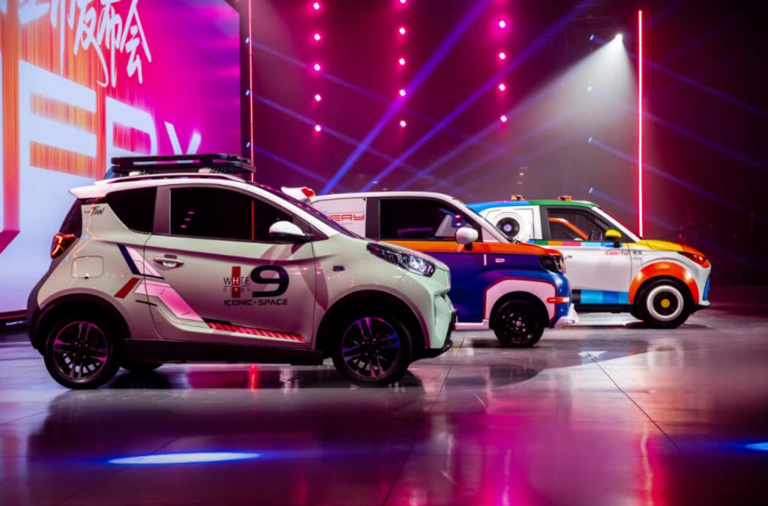
Introduction
"Chery may be late, but it will not be absent."
Recently, Chery Domi was launched, marking Chery's latest move in the pure electric small car market.
From an industry perspective, the pure electric A0 and A00 small car market has seen impressive performances this year, with models like Wuling Hongguang MINI EV, Wuling Bingguo, Geely Xingyuan, BYD Seagull, Changan's Lumin, and FAW Besturn's Besturn Pony leading the charge.
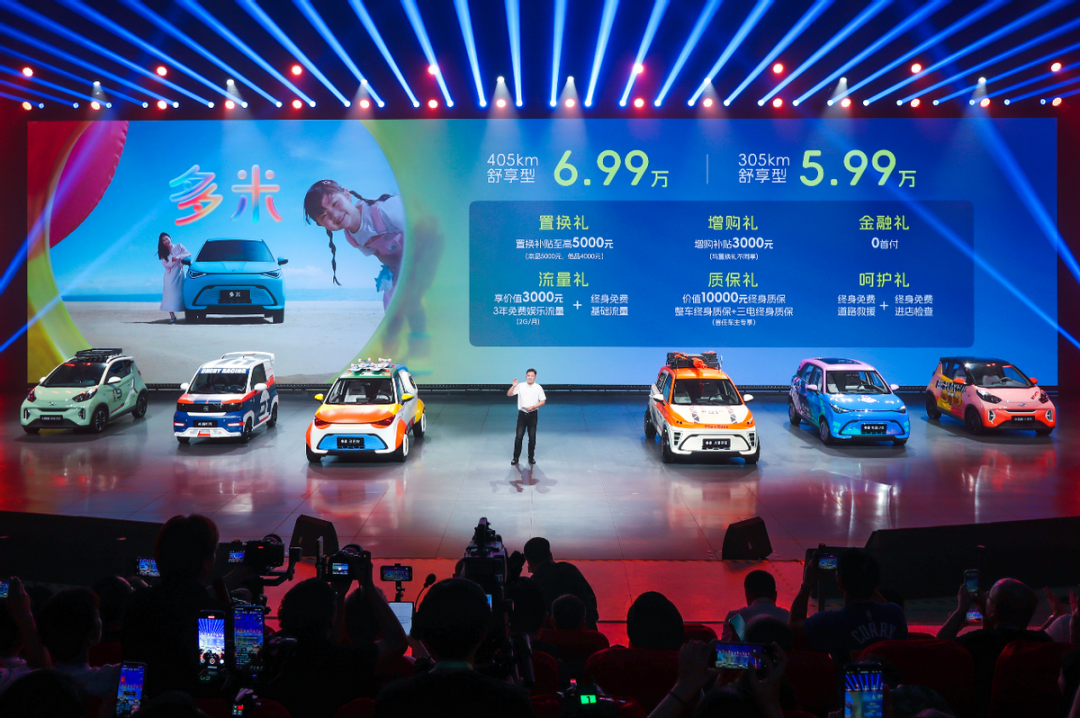
From media reports about Chery Xiao'anyi and QQ Ice Cream returning to Chery, to the recent launch of Chery Domi, and the upcoming launch of the revamped QQ next year, it's evident that Chery is making significant efforts to rebuild its QQ series pure electric small car lineup.
As for iCAR, one of Chery's five brands, currently, there's only iCAR V23, along with the upcoming iCAR 05, which are mainly large vehicles above the compact class (A-class cars).
Based on Chery's internal adjustments, the question arises: what kind of impact will Chery's new small car strategy have on its new energy business?
01 The Small Car Battle
The small car segment has always been exciting. Chery's previous Xiao'anyi enjoyed robust sales.
However, it's unclear whether Chery's internal opinions were unified regarding future product development, which manifested externally as continuous integrations, revealing strategic inconsistencies.
The A0 and A00 pure electric small car market is promising. In May of this year, Geely Xingyuan sold over 30,000 units, while BYD Seagull sold over 60,000 units. Despite these figures including exports, they are still impressive sales numbers.
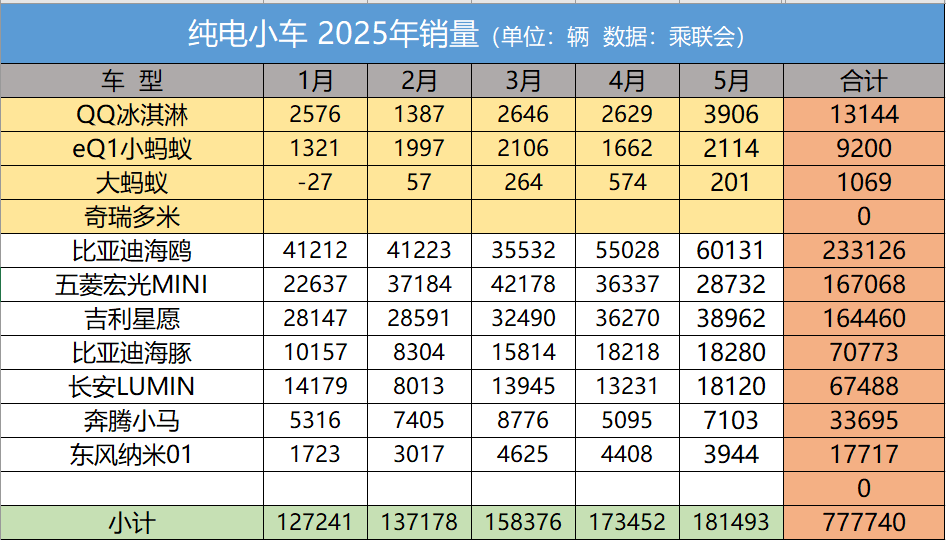
According to data from the China Passenger Car Association, from January to May, Xingyuan's total sales reached 164,500 units, while those of Seagull and Dolphin exceeded 300,000 units. So, what's driving the high sales of A0 and A00 small cars? Let's analyze it.
Geely Xingyuan's success can be attributed to its positioning as an "intelligent pure electric boutique small car" in the A0 pure electric market, priced between 69,800 and 98,800 yuan. With local subsidies added to the price of its 410km range version, the actual landing price can drop to the 50,000 to 60,000 yuan range, posing a real threat to fuel vehicles.
Standard features like 540-degree panoramic imaging, Flyme Auto with a 10.25-inch central control screen, the Shield battery system, high-strength steel body, tire pressure monitoring, and reverse radar are all considered "packing freaks." The key is that for urban commuters, families' second car users, and young first-time buyers, Xingyuan offers a precise combination of "extreme cost-effectiveness."
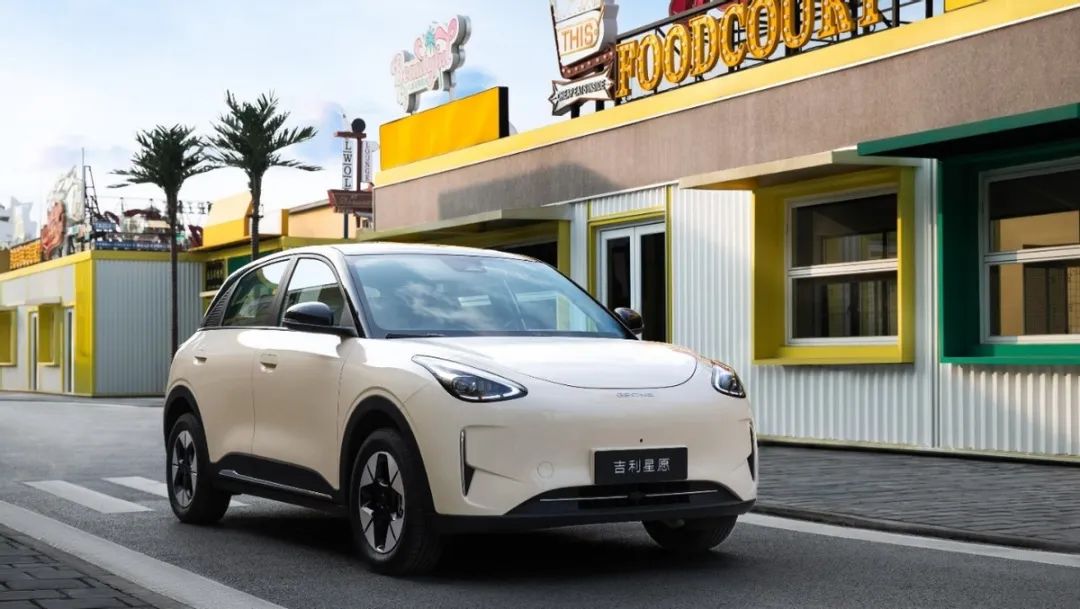
BYD Seagull, as an entry-level small car in the 70,000 yuan range, is "all-around perfect." Coupled with the standard BYD "Divine Eye C" intelligent driving assistance three-lens version (DiPilot 100), also known as "intelligent driving for all," it also competes on "extreme cost-effectiveness."
Moreover, last year, BYD Seagull became the model with the highest monthly sales in the entire industry, changing the structure of a sub-segment market to some extent, bringing commuting car consumption from the single-function 1.0 era to a boutique era focusing on quality and experience. It also made competitors realize that "commuting cars can also be made this way."
Both Geely Xingyuan and BYD Seagull, based on BYD's e-platform 3.0, are no longer traditional commuting cars. They have transformed into "boutique small cars" through technological iteration. Whether it's technology, design, interior, safety (including the body and battery), or intelligence, they have taken a significant leap forward compared to previous generation products on the market.
In terms of space, Seagull's 2500mm wheelbase and flat rear floor design are a significant improvement over previous generations. Geely Xingyuan, with a body length of only 4.1 meters and a longer wheelbase of 2650mm, offers a vertical rear space of 890mm, creating a stronger sense of interior space.
Therefore, Chery's launch of Domi is undoubtedly striving in the same direction. Positioned as an SUV, Domi's wheelbase, design, and interior have all been further improved compared to Xiao'anyi and QQ Ice Cream.
From the layout of the stage at the launch event, it's clear that a relationship of "small cup, medium cup, large cup" has been established. Next year's QQ will be even larger, akin to an "extra-large cup" size.
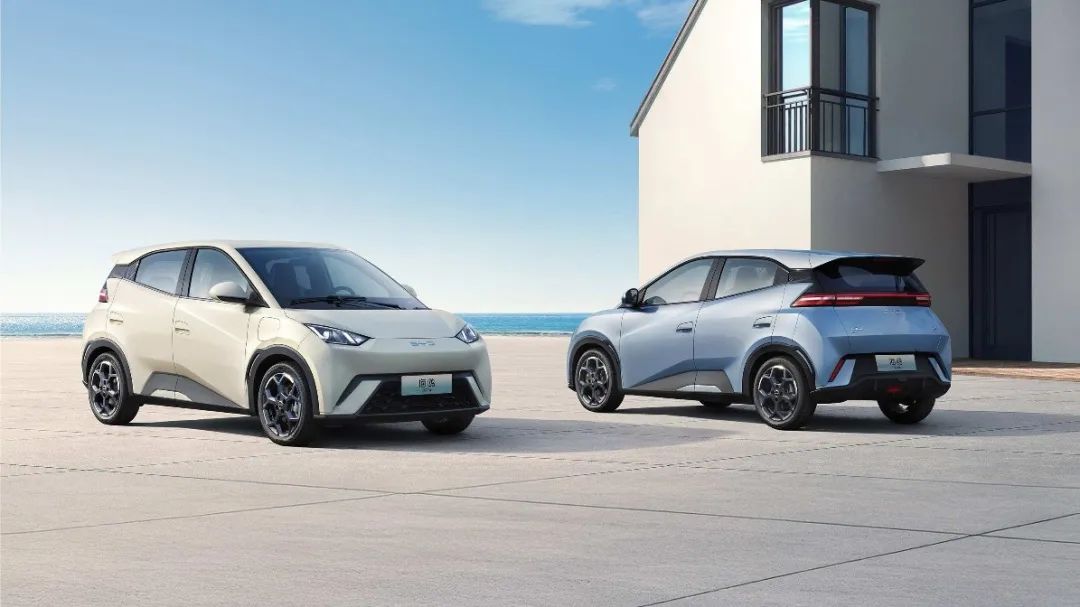
To put it bluntly, compared to all previous products of the same level, Geely Xingyuan and BYD Seagull are new technologies that address consumer pain points from the source, catering to the increasingly diverse needs of users in the new era. Wuling MINI EV, which has also timely launched a four-door, four-seat version, coupled with the support of Wuling Bingguo, forms a new attraction.
As market competition enters a new stage, Xingyuan, Seagull, and the four-door, four-seat Wuling MINI EV and Wuling Bingguo have fully activated the potential of the entire sub-segment market through their leading product capabilities and extreme cost-effectiveness, reaping substantial market rewards.
Therefore, whether it's called "technology equalization" or "technology inclusiveness," consumers can now enjoy the latest technological achievements of the industry transformation with a price of around 50,000 to 80,000 yuan, which was almost impossible before. This is the result of competition.
Because of this, Chery has also begun to explore the potential of this market. Although it's a step late, it's quickly participating through the current Domi and the new QQ next year. Borrowing a phrase, "Chery may be late, but it will not be absent."
02 Turn of Events
The launch of Domi this time shows that Chery has realized that the original Xiao'anyi and QQ Ice Cream are no longer suitable for the "growing up" needs of small cars, and new products are needed to replace them.
Although Domi can only be considered a transitional product, and the truly "grown-up" QQ won't be available until next year, for now, Domi still has to shoulder some responsibilities.
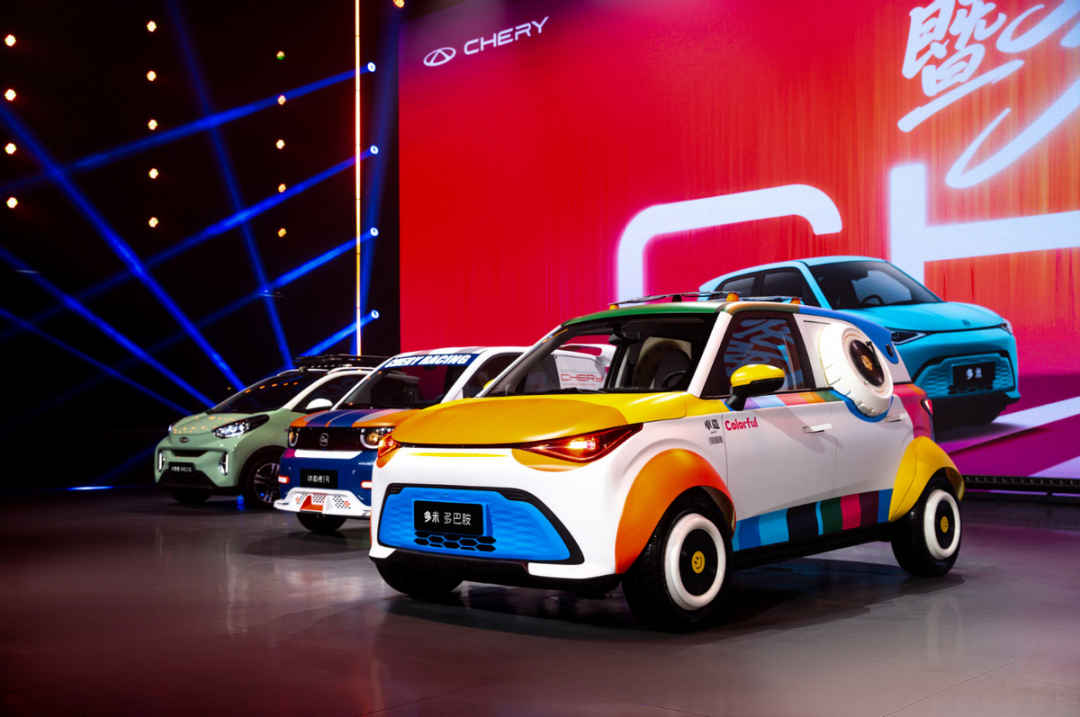
The ever-changing landscape of the pure electric small car market has necessitated adjustments to Chery New Energy's internal structure. This includes the reclassification of factories and product lines that originally belonged to Chery New Energy, allowing the outside world to see that Chery is playing a "big game" in the new energy system.
At Domi's launch event, Zhang Hongyu, who was previously transferred to the group headquarters, was seen sitting at the center of the podium, confirming previous rumors of the "QQ Domestic Business Unit." It's also understood that QQ will become a product series alongside Chery and Fengyun. In this regard, the business unit led by Zhang Hongyu will inevitably be responsible for Chery Xiao'anyi, QQ Ice Cream, Domi, etc.
In addition, some media have reported that a new model with the internal code T12A at Chery will also be handled by the QQ business unit. In general, QQ is becoming a reinvigorated and expanded product series. Like "Fengyun," Chery's restructuring of its entire product series is quietly taking place, but this time it's done in a subtle and gradual manner.
As we all know, Chery New Energy was established in 2010. Before the launch of iCAR, its main products were new energy small cars, including Xiao'anyi, QQ Ice Cream, and Wujie PRO (which has a low profile).
In terms of large vehicles, Chery New Energy once attempted the "Big Ant" eQ7 but was not successful. Therefore, the incubation of iCAR came later.
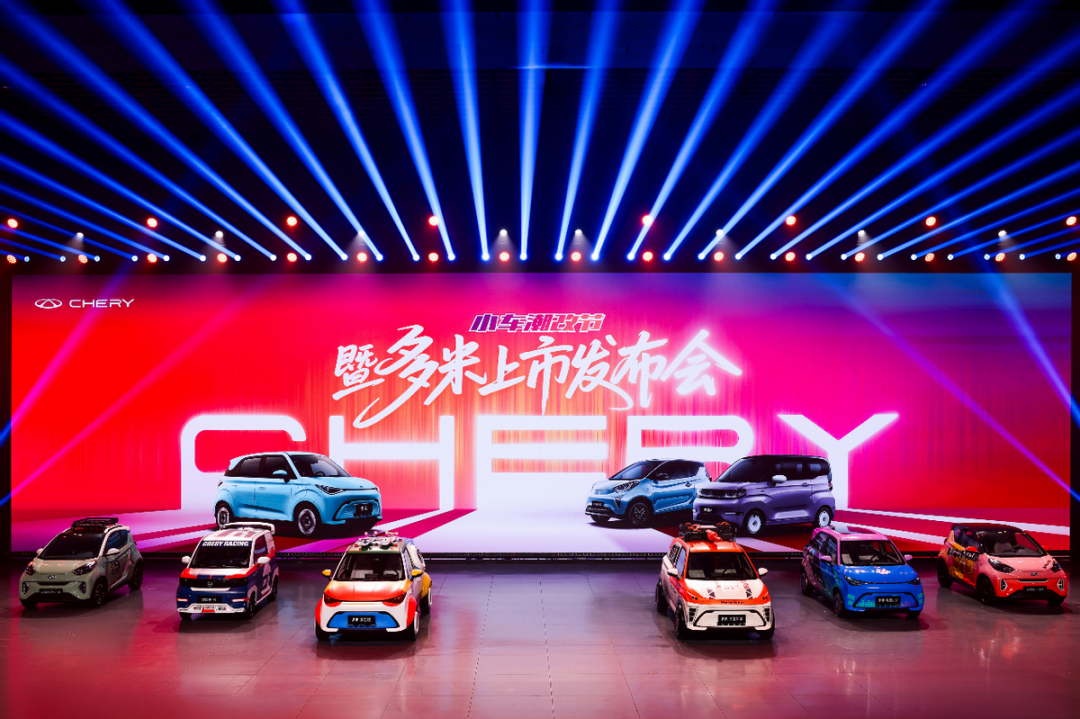
In Chery's organizational structure, Chery New Energy is subordinate to Chery Automobile Co., Ltd. Nowadays, the executives, brands, and business organizational structure of Chery New Energy have been reclassified, forming two business units: iCAR and QQ, also showing the idea of separate development for pure electric small cars and large cars.
From the perspective of the iCAR brand, the first car launched in April 2023, iCAR 03, was a product developed before Su Jun's team arrived and only underwent some adjustments, so it will now return to Chery. After all, iCAR 03 is more oriented towards household scenarios in lower-tier cities.
According to the current situation, iCAR 05, with the internal code V25, will be launched in the second half of the year. In addition, V23 is expected to be transferred to a new factory that Chery is building in Sanshan Economic Development Zone, Wuhu City, for production. However, it's unknown what other products iCAR will have in the future.
Chery Chairman Yin Tongyue once said that the iCAR brand is Chery's "special economic zone." Now, this special zone has been further liberalized. From Chery New Energy to iCAR and then back to Chery, a series of twists and turns have shown the differences in thinking between traditional automakers and internet companies. The roundabout integration process between Chery and Zhimi is also an inevitable outcome of the times.
Of course, this has also led to a relatively high time cost for Chery New Energy's structural adjustment. After all, this is the current situation of Chery "feeling its way across the river" in terms of pure electric vehicles. Without a clear plan, taking it one step at a time, the tuition fees have been high. This state must be reversed as soon as possible.
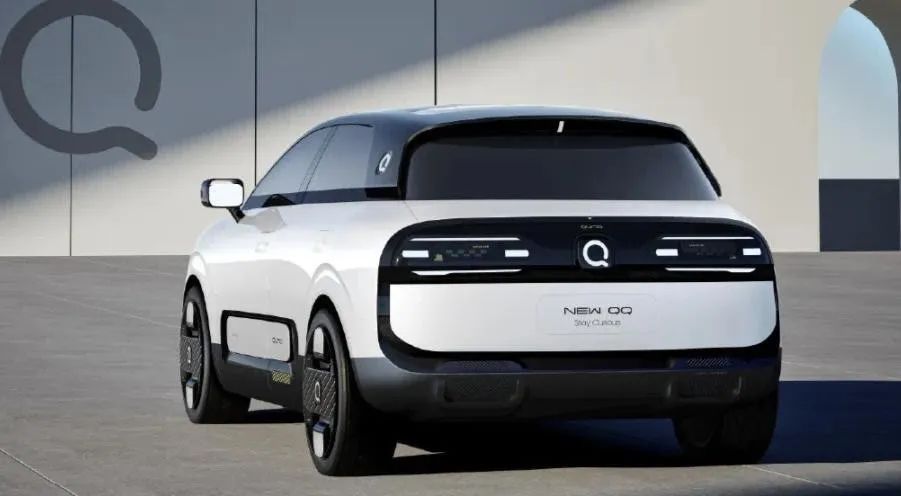
Now, from the perspective of the entire small car market, Chery New Energy does not have much time to maneuver. After spending too much time going around in circles, Chery, which previously leaned towards the fuel and hybrid fields, has not invested too many resources in the small car market. It is now difficult to catch up.
In contrast, Geely and BYD have thought more thoroughly and moved quickly in the small car market.
This is something Chery needs to learn from.
Similar to Chery, Great Wall is also recently picking up Oula again. The recent change in leadership at Great Wall Oula, with Lv Wenbin appointed as the brand general manager, indicates that the company is beginning to pay attention to this market segment.
Ultimately, whether it's Chery or Great Wall Oula, the reason their previous pure electric small cars failed to grow strong is that the benefits of the fuel vehicle segment were too great, lacking the practical motivation to develop the small car segment.
Now, the question is whether to calculate small accounts or big accounts. After all, the small car market is booming both domestically and internationally.
Editor-in-Charge: Li Sijia, Editor: He Zengrong







